
This collection of images recorded using our Apogee AP8p CCD camera at the Wallace Astrophysical Observatory has been assembled to better document and explain the several serious and continuing image quality problems that we find are present in our camera, and which make it unsuitable for astronomical imaging. The camera was purchased from Apogee Instruments, Inc. in Auburn, CA. There are three problems that we've identified as being intrinsic to the camera system:
We are emphatically not a satisfied customer. We will not be buying from Apogee again.

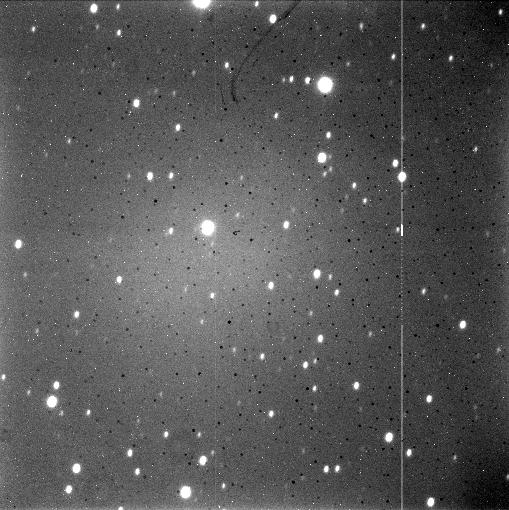
Image 1. Raw, unprocessed image of field, ak06 seq. 119 (120 s, R filter, CCD-TEMP=-41).
The bright star straddling the top edge,
and the bright star below and to its right,
are both saturated but not blooming.
The brightest non-saturated stars are near the center (max pixel 38400 ADU),
and below that near the bottom of the image,
just a bit to the left (max pixel 20100 ADU).
|
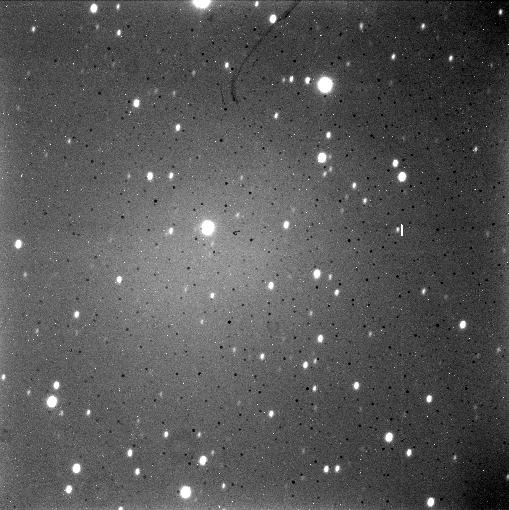
Image 2a. Field image (1) after subtraction of bias frame (2b) at right. |
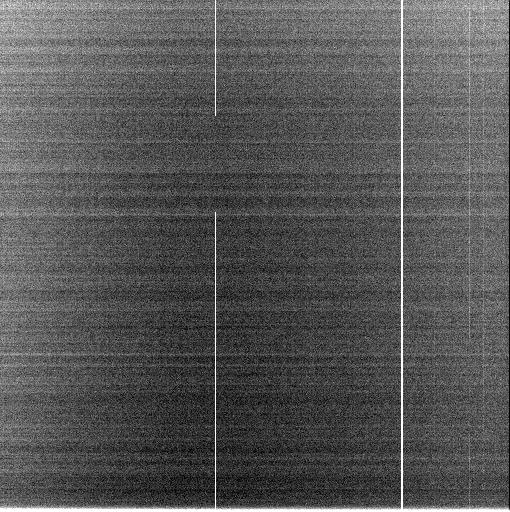
Image 2b. Average of 5 bias frames (ak06 seq. 135-139, CCD-TEMP=-40). |
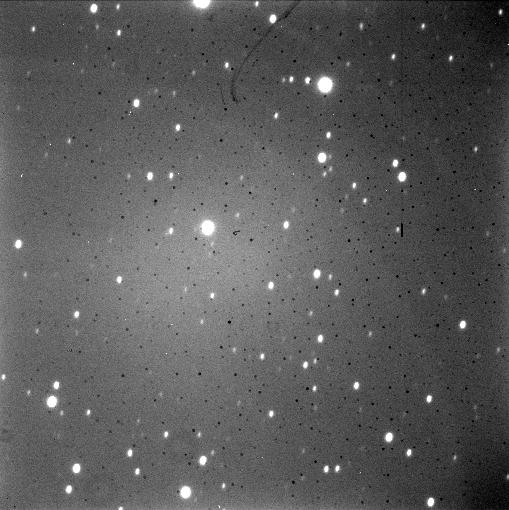
Image 3a. Field image (1) after subtraction of bias frame (2b) above and dark frame (3b) at right. Oddly, the brightest parts of the arcs which show up in this image correspond in position to dark regions in the dark frame 3b. |
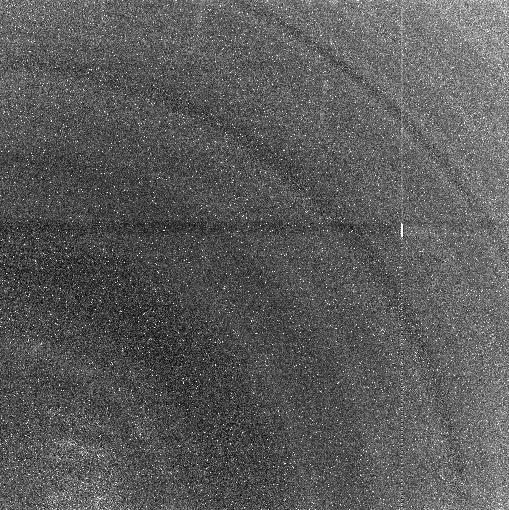
Image 3b. Average of 5 120-s dark frames (ak06 seq. 120-124, CCD-TEMP=-41) (bias frame 2b subtracted). |
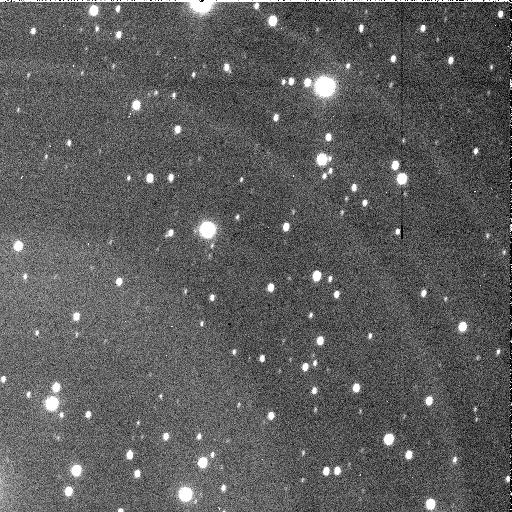
Image 4a. Field image (1) after bias (2b) and dark (3b) subtraction, and then division by flat frame (4b) at right. The correspondence between the brightest parts of the arcs in the processed image and the dark regions in the dark frame 3b is clearer here. |
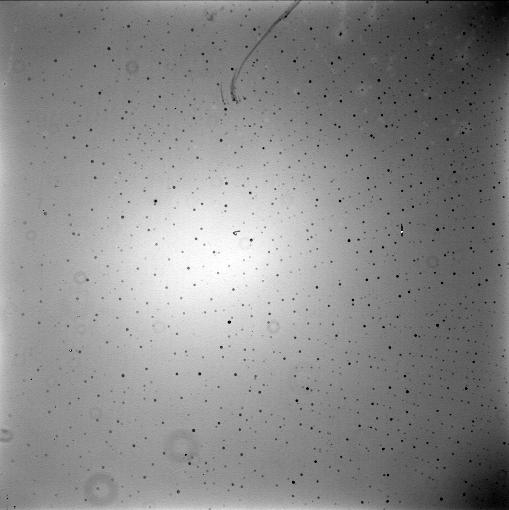
Image 4b. Twilight flat frame (ak06 seq. 001-005; CCD-TEMP=-35) (4 s, R filter). The flat frame clearly exhibits the more than 1100 small dark spot defects that appear in all of our light frames. In the particular sample field image (4a) the spots have flattened out quite well, but overall we've had mixed results with flattening these defects. Because of their high contrast and relatively sharp edges the flattening is very touchy and seems to be sensitive to some factor that we don't understand. The real fix, of course, is to remove the contaminating material that's causing the spots in the first place. Presumably the dark streak at top center is the same material only smeared. |
| Last modified 2003 Sep 28 |